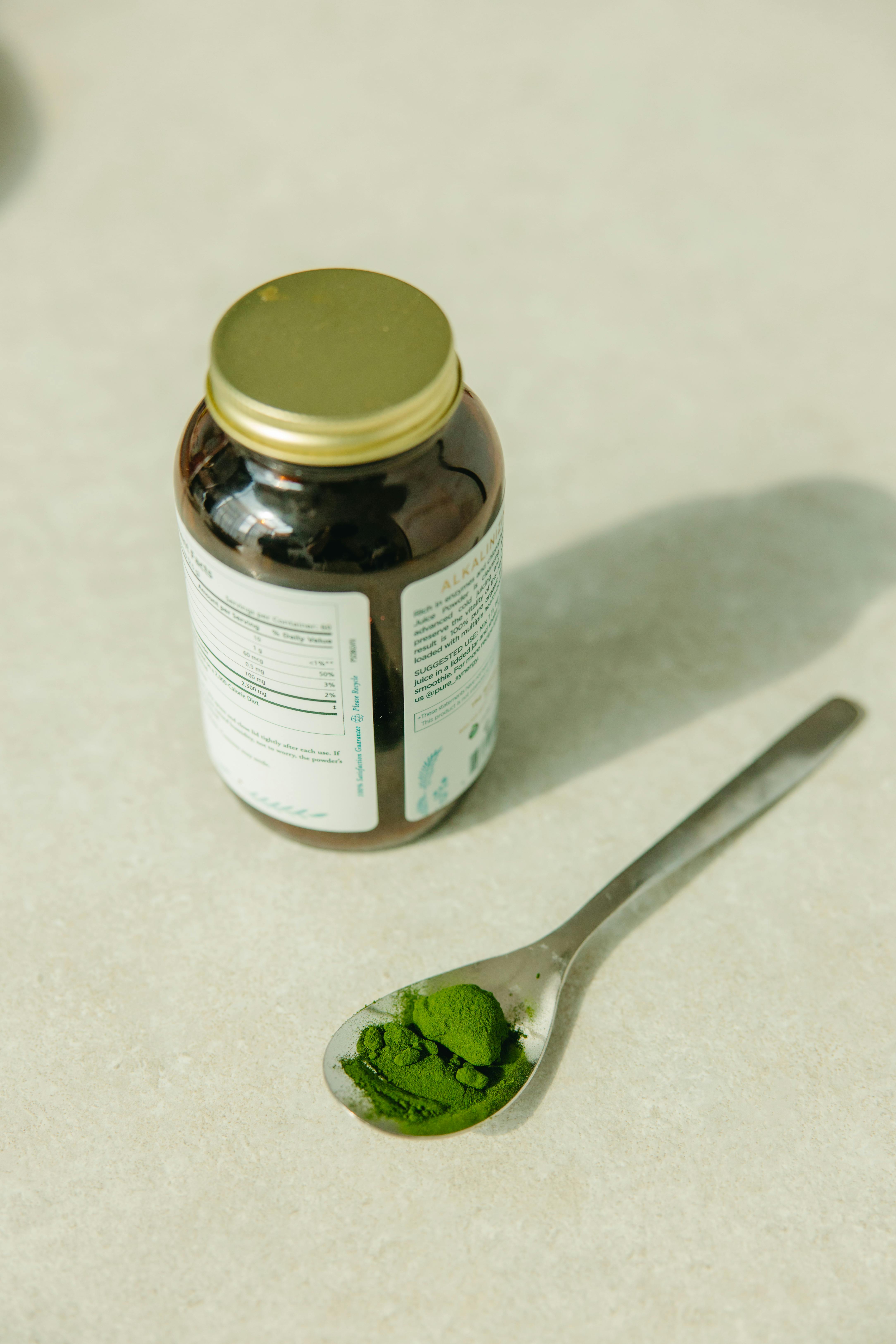Smart Ways to Cook Pinto Beans for Perfect Results in 2025

Smart Ways to Cook Pinto Beans for Perfect Results in 2025
Pinto beans are a versatile staple in many cuisines, beloved for their creamy texture and rich flavor. Knowing how to cook pinto beans properly can elevate your dishes, whether you're making a hearty chili, a refreshing salad, or a side dish that complements any meal. This article will cover various methods for cooking pinto beans, including soaking, boiling, pressure cooking, and slow cooking, ensuring that you achieve perfect results every time. By the end of this guide, you’ll be equipped with smart cooking techniques that enhance flavor and ensure a nutritious addition to your diet.
Understanding the cooking time and methods for pinto beans is crucial for any home cook. Whether you are a beginner or a pro, mastering pinto beans cooking will expand your culinary repertoire and contribute to your healthy meal prep. We'll delve into best practices, expert tips, and recipes to make cooking pinto beans a breeze.
Expect to learn about soaking options, cooking durations, and serving suggestions that make pinto beans a fantastic choice for both quick meals and gourmet dishes. Here are the key takeaways:
- Different methods for cooking pinto beans, including traditional and innovative techniques.
- Essential tips on soaking and boiling pinto beans to ensure tenderness and flavor.
- Creative serving suggestions and recipes that showcase pinto beans.
Essential Guide to Soaking and Preparing Pinto Beans
Before you start cooking pinto beans, understanding how to prepare them is key to achieving the best texture and flavor. Soaking not only reduces cooking time but also enhances the beans' digestibility. There are two main soaking methods: overnight soaking and quick soaking.
Overnight Soaking Method
The overnight soak is one of the most common methods for preparing dried pinto beans. This technique involves covering the beans with water and allowing them to soak for 8–12 hours. The water ratio should be around 3 cups of water for every 1 cup of beans.
Benefits of this method include a shorter cooking time, typically reducing it by about 50%. During soaking, beans absorb water, which softens their outer layer. It’s important to discard the soaking water to eliminate some of the gas-producing compounds, which can lead to digestive discomfort.
After the soak, rinsing the beans under cold water helps remove any remaining debris. This technique is essential when you're preparing a pinto beans recipe that calls for a smooth, creamy texture.
Quick Soak Method
If you’re short on time, the quick soak method is an efficient alternative. Place the dried pinto beans in a pot, cover them with water, and bring the water to a boil. Let them boil for 2-3 minutes, then remove the pot from heat and let the beans sit in the hot water for about an hour.
This method also reduces cooking time and still achieves good results. Just like the overnight soak, make sure to drain and rinse the beans thoroughly before cooking.
Cooking Pinto Beans Without Soaking
For those who are in a rush or forget to soak their beans, cooking pinto beans without soaking is possible. This method requires a longer cooking time but can yield tender and flavorful beans. Use around 4 cups of water for every cup of pinto beans. The cooking time can extend to about 2–3 hours, depending on the heat source and desired tenderness.
It’s crucial to monitor the beans closely and add more water as needed to prevent them from drying out or burning. The final texture should be creamy and tender, ideal for various culinary uses.
Understanding Pinto Beans Cooking Time and Methods
Now that you've learned how to prepare pinto beans, it’s time to focus on the cooking techniques. Whether you prefer a stovetop method or a modern appliance like a pressure cooker, knowing the right timing and temperature will ensure perfect pinto beans every time.
Stovetop Cooking Techniques
Cooking pinto beans on the stovetop is perhaps the most traditional method. After soaking, place the beans in a large pot filled with fresh water. Bring the water to a boil, then reduce to a simmer. Depending on whether the beans were soaked, the cooking time ranges from 1 to 2 hours. For unsoaked beans, expect it to take about 2–3 hours.
It’s ideal to check for doneness periodically, testing the beans for a tender yet slightly firm texture, known as al dente. Keeping the pot covered helps maintain moisture, which enhances the cooking process.
Pressure Cooking Pinto Beans
The pressure cooker is a game-changer for cooking pinto beans quickly. If you’re pressed for time, using a pressure cooker or an Instant Pot can reduce the cooking duration significantly. Generally, soaked beans will take around 10-15 minutes at high pressure, while unsoaked beans take about 25-30 minutes.
Ensure you add sufficient water; a typical ratio is 3 cups of water for every cup of beans. After the time is up, allow for a natural release for about 10 minutes before performing a quick release to let any remaining pressure out.
Slow Cooking Pinto Beans
The slow cooker is perfect for those who want the convenience of set-it-and-forget-it cooking. After soaking and rinsing the beans, place them in the slow cooker with water—approximately 3 cups of water per cup of beans. Set the slow cooker on low for 6 to 8 hours or high for 3 to 4 hours.
This method yields creamy results without deteriorating the beans. Adding seasonings and aromatics like garlic, onion, and spices enhances the flavor profile throughout the cooking process.

Culinary Uses and Creative Recipes with Pinto Beans
Now that you have mastered cooking pinto beans, it’s important to explore the various culinary uses and creative recipes that showcase these beans. Pinto beans not only taste great but also pack a number of nutritional benefits, making them a perfect addition to your meals.
Pinto Beans in Salads and Dishes
Pinto beans are versatile and can be incorporated into many dishes. One simple way to use them is in salads. A pinto bean salad can feature fresh vegetables, herbs, and a zesty vinaigrette. This not only adds flavor but also texture and nutrition, boosting your dish’s dietary fiber and protein content.
Consider pairing pinto beans with corn, diced tomatoes, bell peppers, and a squeeze of lime juice for a refreshing summer salad. Add some diced avocado for a creamy touch, creating a balanced dish that showcases beans beautifully.
Spicy Pinto Beans for Tacos and Burritos
Pinto beans make an excellent filling for tacos and burritos. For a hearty meal, season cooked pinto beans with spices such as cumin, smoked paprika, and chili powder. Mash them slightly to create a creamy consistency that adds depth to your tacos.
Serve them with your favorite toppings—fresh cilantro, diced onion, and salsa for an authentic flavor profile reminiscent of traditional Mexican cuisine. This not only makes a filling meal but also caters to dietary restrictions and preferences.
Pinto Beans in Soups and Chilis
Another fantastic way to enjoy pinto beans is in soups and chilis. Adding them to a rich vegetable broth with spices and vegetables creates a nourishing soup perfect for cold days. A classic three-bean chili featuring pinto, black, and kidney beans can be hearty and satisfying.
For a creamy texture, blend some of the beans before adding them back to the pot, and this will enrich the dish, making it not just filling but deliciously flavorful.
Pinto Beans Cooking Tips and Techniques
With so many methods at your disposal, keeping a few expert cooking tips in mind can enhance your experience of cooking pinto beans and ensure they turn out perfectly every time.
Understanding Pinto Beans Water Ratio
The right water ratio is critical for cooking pinto beans. A common rule of thumb is to use about 3 cups of water for every cup of dried beans. But remember that the amount of water may vary based on your cooking method and personal preference for texture.
For dishes where you want a creamier texture, such as refried beans, you may want to use a bit more water to ensure they do not dry out. On the other hand, if you want to achieve a firmer consistency, particularly when using them in salads or as sides, you might use less.
Cooking Time and Texture Expectations
How long to cook pinto beans depends on various factors such as whether they are soaked or unsoaked, the cooking method, and your desired texture. Typically, soaked beans take around 1 to 1.5 hours on the stovetop, while unsoaked beans can take up to 3 hours.
Test beans for doneness by tasting them. They should be tender but hold a firm shape, perfect for mixing into other dishes. For a creamy dish, cooking them past the al dente stage will give you a velvety consistency.
Flavoring Options for Pinto Beans
Enhancing the flavor profile of pinto beans is easy by using various herbs and spices. Traditional flavorings include garlic, onion, cumin, and bay leaves. You can even use vegetable or chicken broth instead of water for cooking to impart additional flavor.
Add spices gradually for a tailored flavor to suit your palate. Pinto beans soak up seasonings beautifully, making them a blank canvas for your culinary creativity.

Common Questions About Cooking Pinto Beans
How Long Should I Cook Pinto Beans on the Stovetop?
For soaked pinto beans, it usually takes about 1 to 1.5 hours to cook on the stovetop. If unsoaked, the time may double. Make sure to check frequently to ensure they don't overcook.
Can I Cook Pinto Beans Without Soaking?
Yes, you can cook pinto beans without soaking, but it will take significantly longer. Cooking unsoaked beans can take anywhere from 2 to 3 hours. Ensure you have enough liquid to cover the beans throughout cooking.
What Are Some Nutritional Benefits of Pinto Beans?
Pinto beans are low in fat and high in dietary fiber, protein, and essential vitamins and minerals, including iron and magnesium, which provide health benefits such as improved digestion and cardiovascular health.
Are Pinto Beans Safe for Storage?
Dry pinto beans can be stored in a cool, dry place for many months. Cooked beans can be refrigerated for 3–5 days or frozen for extended storage. Always ensure to handle them properly to maintain food safety.
In conclusion, with these smart ways to cook pinto beans, you can create a variety of delicious and nutritious dishes. Whether you’re aiming for quick meals or gourmet experiences, mastering pinto beans will undoubtedly enrich your culinary journey.